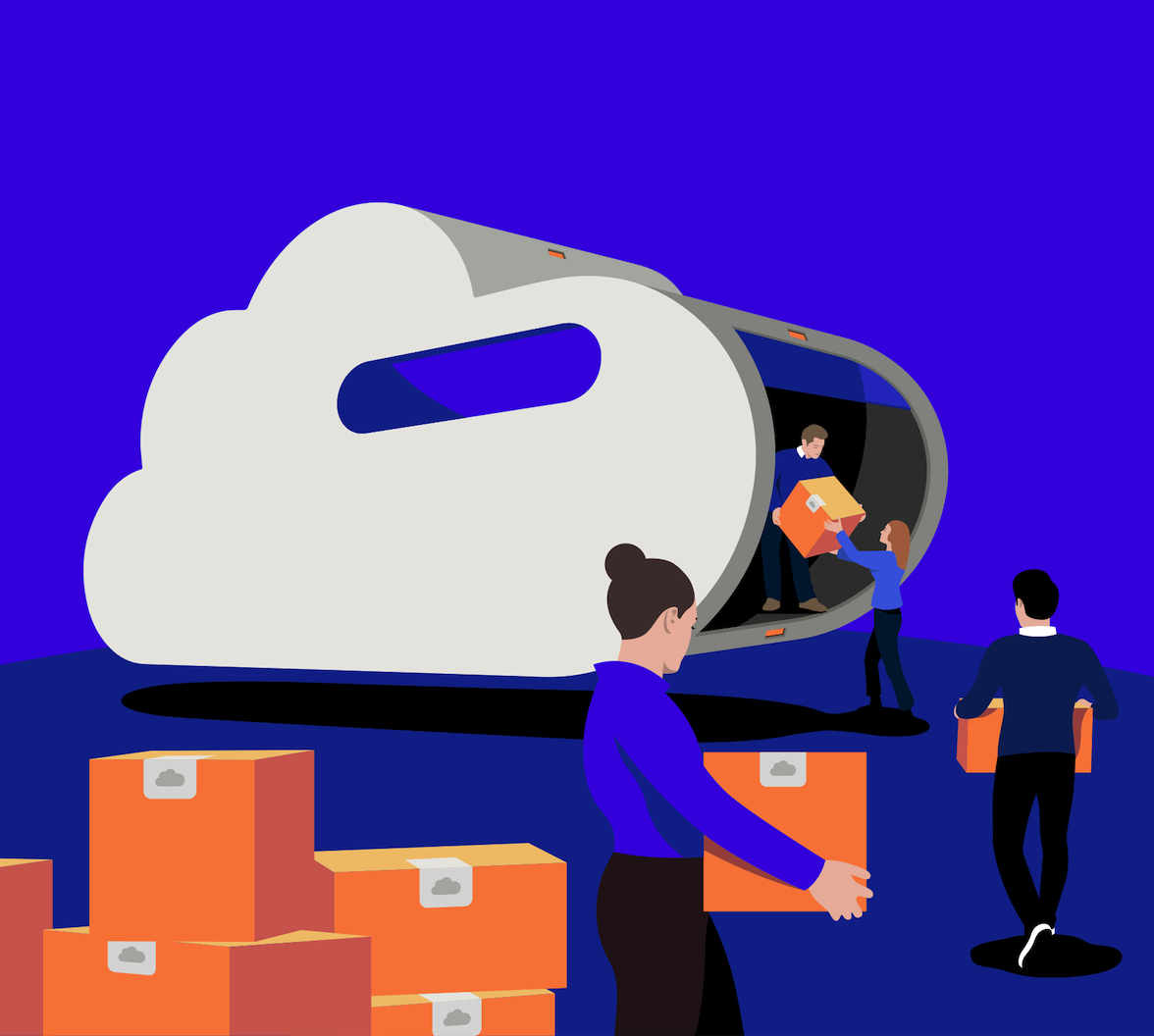Performance matters. You know this, of course. Every second of additional latency translates into lower conversions and tougher customer retention. It's why you agonize over every individual detail, why your cloud infrastructure vibrates with the well-oiled efficiency of a Formula One engine.
As your business scales, staying fast becomes much harder. Essential SaaS (software-as-a-service) components that worked well when you were a smaller company now struggle to contend with your higher traffic volumes.
Fortunately, there's an alternative. Private cloud SaaS offers the flexibility of a self-hosted application with none of the downsides. And, for performance-sensitive applications, it offers the boost necessary to deliver an incredible, slick user experience.
The Need for Speed
Virtually every company and public sector organization uses SaaS in some form. Why? It's often the most practical and affordable option. Hiring and training someone to operate and provision a system takes time, money, and resources. With SaaS, the vendor handles long-term maintenance and upgrades. As most use a subscription model, there are no major upfront costs.
Most SaaS applications, by design, are multi-tenant environments. Multiple customers — whether individuals or organizations — share the same computational resources. This model is cheaper but has several trade-offs. Customers have little choice in where the application is deployed. They lose control. They can't make the subtle tweaks that ultimately result in faster, more responsive applications.
Private cloud SaaS applications are different. They combine the benefits of a SaaS app (low costs, low maintenance, faster time-to-market) with the flexibility and autonomy of a self-hosted application. Customers can choose where, how, and with whom to deploy their application. They are the sole tenants, and they set the rules.
This control helps organizations comply with the ever-increasing number of data residency laws worldwide. But it can also deliver meaningful performance benefits, resulting in more responsive applications and better user experience outcomes.
Reducing Latency One Millisecond at a Time
Have you ever wondered why Google only shows you ten results for each page? It seems counterintuitive, doesn't it? Google is a search engine. Its job is to show you relevant results for your queries. More is better, surely?
Not necessarily. In 2006, Marissa Mayer, then the company's Vice President of Search, shared the results of an internal experiment at the Web 2.0 Conference. Google asked a select group of users if they wanted to see more results with their queries. Most said yes.
In response, Google provided random users (not just those in the focus group) with 30 results per page — triple the normal amount.
What happened next? Frustration. Load times more than doubled for those in the test cohort, soaring from 0.4 seconds to 0.9 seconds. That 0.5-second delay had a measurable effect on user activity and satisfaction. Traffic and revenue from the test group dropped 20%. As Mayer said at the time: "Users really respond to speed."
How does this relate to private cloud SaaS? Well, there are limits to how far you can optimize an application for speed with efficient coding and generous resourcing alone.
If your primary application is located in Amsterdam but relies upon a component hosted in Los Angeles, you'll find a measurable delay as packets make their long journey through a network of submarine cables. You add 135ms to your load times – give or take 10ms.
You can't speed this process up. You are constrained by the speed of light. That's fast, but when you are trying to deliver an incredible experience to your customers, it feels like an eternity.
You have only one solution: bring that component physically closer to your core application.
The private cloud SaaS model lets you deploy resources in the same continent, country, and even data center. By eliminating performance bottlenecks in your product, your customers will benefit from a faster, more responsive experience.
How Private Cloud SaaS Can Help You Scale
As your business grows, you may feel constrained by the limitations of multi-tenant, public cloud SaaS applications. Many vendors limit the number of requests that can be made per second (RPS) in order to preserve the quality of the service. While most SaaS companies are prepared to oblige larger customers with bespoke plans, this isn't always a given.
And you cannot always predict when demand will spike. Take lab-testing and diagnostic services provider (and Auth0 customer) BioReference Labs, for example. BioReference had begun transitioning to a patient-centric model, where customers could access their lab results without going through an intermediary — like their physician. As a result, it invested in Auth0's multi-tenant customer identity and access management (CIAM) platform.
At the start of the COVID-19 pandemic, demand for its services jumped 25 times. Its monthly active users increased from 8,000 to 148,000. In response, the company migrated its identity infrastructure to a private instance of Auth0's Identity Platform, giving it essential breathing room to meet existing demand and add more customers in the future.
By opting for a private cloud SaaS application, you can provision your environments with the resources necessary to meet existing demand. And you have the flexibility to change your environment as circumstances dictate.
Becoming Resilient with Private Cloud SaaS
Nobody likes downtime. Not your customers, who rely on your product. And certainly not you.
Performance issues can devastate your bottom line. As load times and instability increase, conversion rates drop. Unfortunately, these problems are often beyond your control. In a multi-tenant SaaS environment, seasonal demand spikes — like those during the holiday shopping season — can result in longer wait times and instability for your customers.
The private cloud SaaS model can insulate your business from any disruption in the public cloud SaaS application. With control over the environment, you can structure your SaaS infrastructure to be highly resilient, with custom disaster recovery protocols and redundant failover systems.
You can establish custom backup and restore procedures. Mitigating against data center-level disruption becomes easy. Should the underlying cloud infrastructure fail, you can automatically switch operations to an unaffected environment, keeping downtime to a minimum. And with bespoke update rules, you can deploy patches and new features at a time when your customers are least active.
Nimble SaaS, Happy Customers
For most companies, it makes sense to use a multi-tenant public cloud SaaS product. But as your needs increase, you may find it sensible to switch to a dedicated environment.
Private Cloud SaaS offers the best of both worlds. It requires little maintenance but offers the flexibility of a self-hosted application. You become able to make the choices necessary to deliver a lightning-fast, highly resilient product.
The Auth0 Identity Platform is available in both multi-tenant and private cloud versions. When you opt for a private environment, you get all the benefits of our industry-leading CIAM platform, but with the flexibility to choose how and where it's deployed. To find out how it can benefit your company, reach out to our team.





